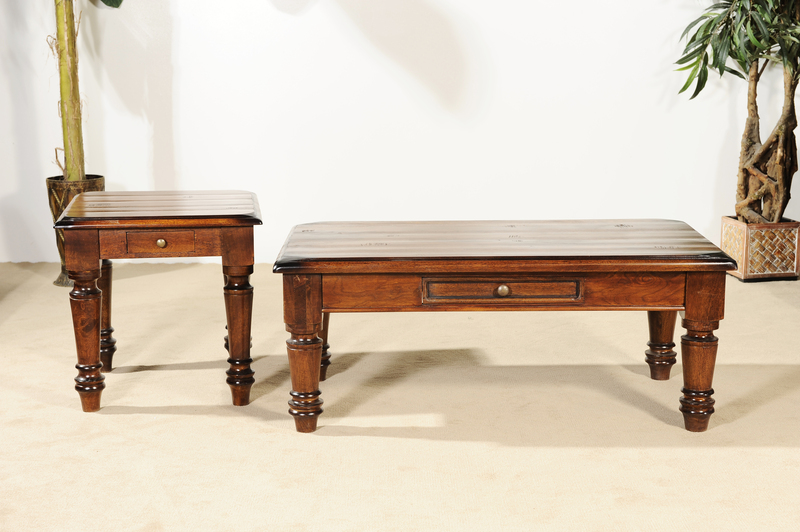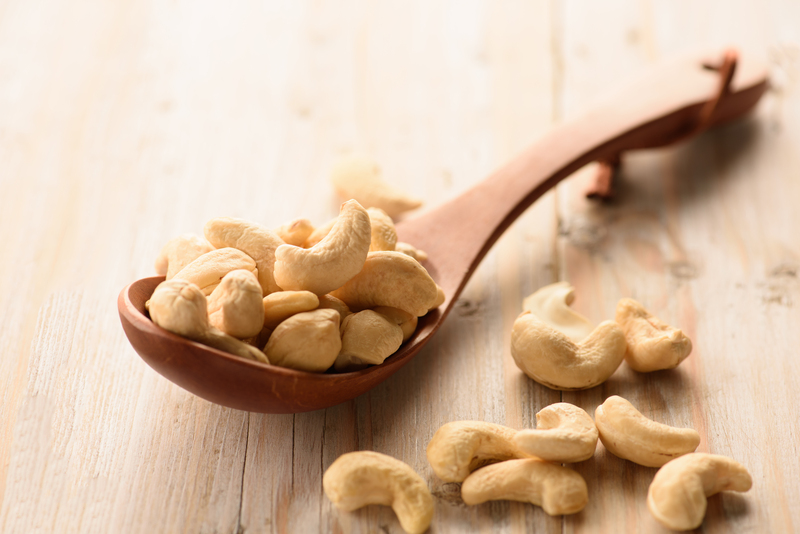Recycling Old Pots and Pans to Cut Down on Household Waste
Are your old pots and pans taking up precious space in your kitchen cabinets? Do you wonder what to do with those scratched frying pans, dented saucepans, or worn-out baking sheets? Discarding them in the trash can seem like the easiest option, yet it's neither eco-friendly nor resourceful. Recycling old cookware is a practical way to minimize household waste, reduce landfill impact, and even spark creative new uses for everyday items. In this comprehensive guide, discover how to responsibly recycle old pots and pans, the environmental benefits involved, and innovative reuse ideas that will inspire action in your home.

Why Is Recycling Old Cookware Important?
Every year, millions of tons of household waste end up in landfills. A significant portion of this waste includes metal products like old pots, pans, and kitchen utensils that could otherwise be recycled. Here's why recycling these items matters:
- Conserves natural resources: Most pots and pans are made of valuable metals such as aluminum, stainless steel, or copper. Recycling these materials conserves both raw resources and the energy required to extract them.
- Reduces landfill waste: By recycling rather than tossing out old cookware, households divert bulky waste from landfills, easing environmental strain.
- Prevents pollution: Metal production and processing contribute to pollution. Recycling cookware means less new metal needs to be processed, resulting in lower emissions.
- Promotes sustainability: Every recycled item supports a circular economy, reducing the need for continuous mining and manufacturing.
With the growing urgency to cut household waste, choosing to recycle or upcycle your cookware is an effective step in making your home more sustainable.
Understanding the Materials: What Are Pots and Pans Made Of?
Before recycling, it's important to know what materials your kitchenware contains. Different metals and coatings may require distinct approaches:
- Aluminum: Lightweight, silver in color, and found in many fry pans and pots. Highly recyclable.
- Stainless Steel: Durable, rust-resistant, and used in pans, cookware sets, and utensils. Also readily recyclable.
- Copper: Recognizable by its reddish hue, often used in premium pans. Copper is valuable and highly recycled.
- Ceramic, Glass, and Enamel-Coated: Less commonly recycled, but can be reused or creatively repurposed.
- Nonstick Coatings (e.g., Teflon): Require special consideration due to chemical content.
Check the bottom or handles for manufacturer labels listing the materials. Knowing this helps ensure your pans follow the correct recycling or upcycling channel.
Can All Old Pots and Pans Be Recycled?
The short answer: Most metal cookware can be recycled, but with some caveats. Here's what you should know:
- Pure metal pots and pans (e.g., all stainless steel or aluminum) can usually go straight to a metal recycling facility.
- Coated or composite pans (e.g., nonstick, enamel, ceramic-coated) may need special handling. Some facilities only accept uncoated metals, as nonstick surfaces can interfere with processing.
- Plastic or wooden handles should be removed if possible before recycling. Some recyclers reject items with nonmetal attachments.
Always check with your local recycling program or scrap yard for their current requirements. Many accept small metal household items, but guidelines may vary.
How To Prepare Old Cookware for Recycling
- Remove lids, handles, and non-metal parts: Unscrew or detach plastic, wood, or rubber handles from pots and pans. Recycle these separately if possible or dispose of them as directed by your municipality.
- Clean thoroughly: Rinse off grease and food residue to avoid contamination.
- Sort by material: Group stainless steel, aluminum, and copper items separately if possible.
- Check with recycling center: Visit your community's recycling webpage, or call ahead to ensure they accept cookware. Some centers have dedicated drop-off bins for metals.
For pans with nonstick coatings, ask if your local facility accepts them, or inquire about special take-back programs. Some cookware brands even offer mail-back recycling for their products.
Where to Recycle Old Pots and Pans
Finding a new home for your unwanted cookware is easier than ever thanks to growing recycling networks. Here are your best options:
- Curbside Metal Recycling: Some municipal recycling programs accept small metal kitchenware. Check your guidelines--unstable items or those with coatings may be excluded.
- Scrap Yards: Most scrap metal dealers happily take aluminum, steel, or copper pans, often weighing them for a small cash payout.
- Specialty Recycling Events: Community collection days may accept metals or e-waste, great for odd shapes or mixed materials.
- Cookware Brand Take-Backs: Brands like Calphalon, T-fal, or GreenPan sometimes offer mail-back or drop-off recycling programs. Check your manufacturer's website for info.
- Donation and Reuse Centers: If your cookware is still functional, consider donating it to a charity, thrift shop, or local kitchen reuse program.
Utilize online recycling discovery tools like Earth911 or the Recycling Locator to find facilities near you.
Creative Ways to Repurpose Old Pots and Pans at Home
Don't want to part with your vintage skillet? Upcycling is another excellent way to reduce waste and add rustic flair or practicality to your home. Here are some inspiring ideas:
- Planters: Drill a few drainage holes and fill a large pot or pan with soil to craft quirky planters for herbs, succulents, or flowers.
- Hanging Storage: Mount old frying pans on the wall to hold kitchen utensils, fruits, or other supplies.
- Bird Feeders: A small saucepan or lid can be converted into a unique bird feeder for your garden.
- Wall Art: Transform fry pans, griddles, or lids into striking wall decor--paint them with designs or leave them rustic for farmhouse charm.
- Clock Faces: Repurpose pan lids or shallow baking sheets by adding a clock mechanism to create funky kitchen clocks.
Upcycling cookware not only cuts down on household waste, but it also creates functional pieces full of character and history.
Other Household Uses for Old Cookware
- Use deep pots as portable ice buckets for parties.
- Turn sturdy pans into serving trays or baskets for fruit and bread.
- Repurpose baking dishes as drawer organizers.
- Use small nonstick pans as pet food or water dishes (ensure they're clean and safe for animals).
The Environmental Impact of Recycling Cookware
It might seem minor, but recycling old saucepans, frying pans, and baking trays can have profound environmental benefits:
- Reduces raw material extraction: Metals like aluminum and steel require intensive mining. Recycling your cookware lessens this demand.
- Decreases energy usage: Recycling metals takes less energy than manufacturing from scratch, leading to lower greenhouse gas emissions.
- Minimizes harmful chemicals: Older pans may contain hazardous chemicals (such as PFOA in nonstick finishes), which are better managed in recycling facilities.
- Supports local economies: Scrap metal recycling supports jobs and industries that turn old materials into new products.
Your kitchen declutter can indeed be a win for the planet!
Tips for Extending Cookware Life and Reducing Waste
While recycling and upcycling are excellent options, the most sustainable practice is to extend the life of your pots and pans. Here are some tips to keep your kitchenware usable and waste to a minimum:
- Invest in quality cookware that lasts longer, even with regular use.
- Follow manufacturer care instructions to prevent premature wear, such as avoiding high heat with nonstick pans and handwashing delicate surfaces.
- Repair when possible: Tighten loose handles or replace missing lids before discarding pans.
- Cook with silicone, wood, or plastic utensils to reduce scratches on nonstick and coated cookware.
- Store cookware properly: Stack with pads or hang to prevent dents and scratches.
Taking these steps can add years of service to your favorite pots and pans, delaying the need to recycle or dispose of them.

Frequently Asked Questions about Recycling Old Pots and Pans
What should I do with nonstick pans that are badly scratched?
Badly scratched nonstick pans are best recycled rather than reused for cooking, as their coatings can degrade or flake into food. Remove as much of the non-metal parts as possible and send them to a scrap metal recycler, or ask the manufacturer if they have a take-back program.
Can I put old pots and pans in the blue recycling bin?
It depends on your local recycling rules. Many curbside programs do NOT accept cookware due to their size and coatings. Always confirm with your municipality before placing pots and pans in the blue bin.
Are cast iron pans recyclable?
Absolutely! Cast iron is an extremely durable and valuable material. Remove any attached parts and bring the pan to a scrap metal facility.
Which charities accept old cookware?
Many local shelters, thrift stores, food pantries, or kitchen reuse projects welcome gently used cookware. Only donate items that are clean, functional, and not hazardous (e.g., nonstick pans in good shape).
Conclusion: Take Action to Cut Household Waste
By recycling old pots and pans, you prevent usable resources from filling up landfills and make your home more sustainable. Whether you recycle through a local facility, send items to a specialty program, or give your cookware new life with creative repurposing, you are making an eco-friendly impact. Share your results and inspire friends and neighbors to tackle their own kitchen clutter--with a little effort, we can all reduce waste, save resources, and build a greener home.
Ready to get started? Check your cabinets, research your local recycling options, and turn your unwanted pots and pans into new possibilities today!
```